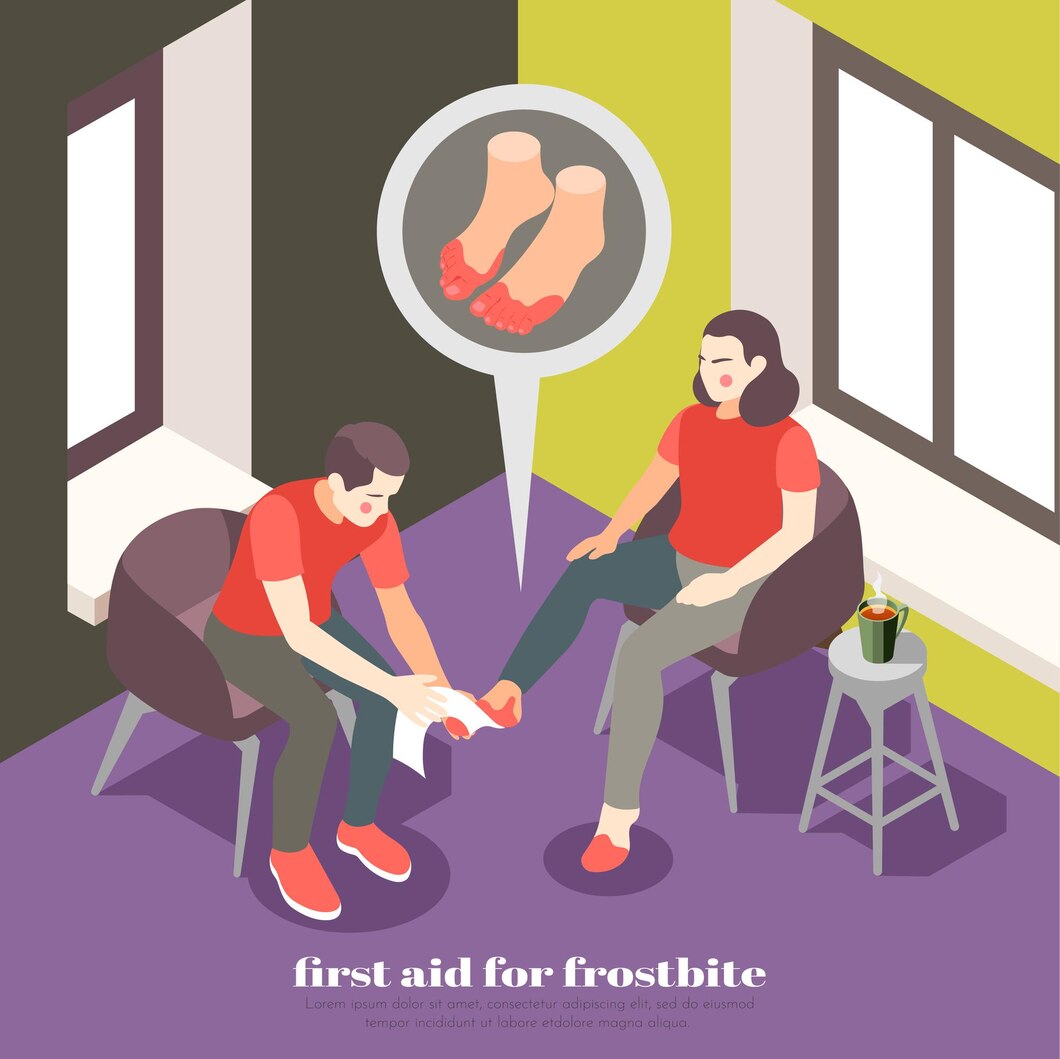Doctors Explain Facelifts – Everything You Need To Know Before You Go

The facelift, a long-established cosmetic surgery procedure, offers a significant transformation for those seeking a more youthful appearance.
This surgical option goes beyond the temporary results provided by beauty creams, delivering lasting changes through various techniques, from minor corrections to comprehensive facial rejuvenations.
According to Dr Rekha Tailor, before deciding on a facelift, it’s crucial to understand what the procedure entails, its potential outcomes, and the recovery process.
This knowledge will help you determine if a facelift aligns with your aesthetic goals and expectations.
5 Things You Need To Know Before You Go for Facelift Procedure
1. Why it’s done
The look and shape of the face changes with age. The skin becomes looser and doesn’t snap back as easily. Fat deposits decrease in some areas of the face and increase in others.
A face-lift can address these age-related changes:
- The sagging appearance of the cheeks
- Excess skin at the lower jawline
- Deep skin folds from the sides of the nose to the corner of the mouth
- Sagging skin and excess fat in the neck (if the procedure includes a neck lift)
2. Can facial exercises work as well as a facelift
There has been talk lately that performing various facial exercises can “tone” and “tighten” your face, much like your workouts at the gym can tone and tighten your abs or biceps. Unfortunately, the two concepts are not the same.
Signs of skin aging like lines, wrinkles and sagging skin can actually be made worse by repetitive facial movements, and no amount of facial exercise is going to be able to get rid of these common signs of aging.
If these are your main cosmetic concerns, a facelift or other minimally invasive alternatives like injectable wrinkle treatments are most likely going to be your best options.
3. Types of Facelifts
Facelifts are not a one-size-fits-all procedure. Depending on individual needs and goals, different types of facelifts can be utilised:
Standard Facelift: Addresses moderate to advanced aging around the mid-face and neck. Incisions are typically made along the hairline and continue around the ears.
Lower Facelift: Focuses on the jawline, jowls, and neck, helping to restore a more defined jawline and smoother neck.
Neck Lift: Specifically targets loose, sagging skin on the neck and the appearance of a “turkey neck.”
Temporal Lift: Also known as a mini-lift, this targets the brow and outer edges of the eyes to elevate and reposition the brow line.
4. How to Prepare for a Facelift
Consultation: Start with a meeting with your plastic surgeon to review your medical history, any past surgeries, and lifestyle habits like smoking or drinking. This helps assess your readiness for surgery.
Health Check: Undergo a physical exam and possibly provide past medical records. If there are any concerns, seeing a specialist may be required.
Medication Review: Tell your surgeon about all medications and supplements you take to discuss which might need to be paused before the surgery.
Facial Assessment: Your surgeon will photograph your face from different angles and examine your bone structure, skin quality, and fat distribution to plan the surgery.
Expectation Setting: Discuss what you hope to achieve with the facelift and understand what the surgery can and cannot fix, such as fine lines or facial symmetry.
5. Before Surgery
Medication Instructions: Follow specific advice about stopping certain medications to reduce surgery risks.
Morning of Surgery: Wash your face and hair with germicidal soap and avoid eating after midnight the day before.
Post-Surgery Plans: Arrange for someone to drive you home and help you the first night after the surgery if it’s done on an outpatient basis.
6. Recovery from a Facelift
Recovery varies based on the extent of the surgery and individual healing processes but generally follows this timeline:
First Week: Major swelling and bruising, with most patients taking this time off work and social activities.
Second Week: Significant improvement in visible bruising and swelling, with many patients feeling comfortable enough to return to normal activities and work.
Following Months: Minor swelling may continue to diminish over several months.
7. Risks
As with any surgical procedure, there are risks involved with a facelift. These include hematoma (a common complication), infection, scarring, and rare nerve injuries.
It’s crucial to discuss these potential risks with your surgeon prior to the procedure to fully understand the implications.
8. Choosing the Right Surgeon
It’s vital to select a board-certified plastic surgeon with extensive experience in facial surgery.
Before deciding, it’s advisable to consult with multiple surgeons, check their credentials, review before-and-after photos of their previous work, and discuss your specific needs and expectations to ensure the best outcome.
Key Takeaways
Ultimately, a facelift is a personal decision. By understanding the options, risks, and recovery process, you can make an informed choice about whether it’s the right path for you.




